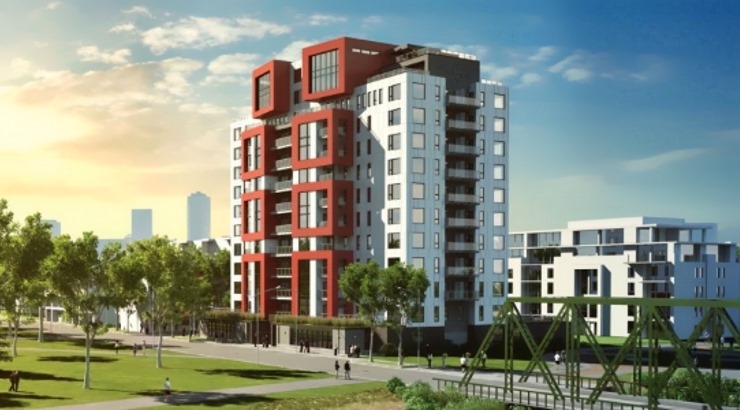Green Building
Nakuru’s Push for Green Building Regulations
Builders will be forced to adopt sustainable construction designs.

Nakuru County has laid out plans for the adoption of new regulations to promote the construction of green buildings within the town’s central business district to boost sustainability in the construction industry.
In a move that mirrors Singapore’s highly successful green building initiative, Nakuru is seeking to make it mandatory for builders to comply with green construction rules as the town gears up for city status.
According to Governor Lee Kinyanjui, the county will develop policies and regulatory frameworks to compel investors putting up commercial buildings in the town to adopt sustainable construction designs.
Mr Kinyanjui, who was speaking last Tuesday during the ground-breaking of a Sh900 million building that will host county government offices, said green buildings are ideal for the county as they save water and electricity resources in the daily operations of their occupants.
“The building will be compliant to the needs of persons with disabilities and has factored in the provision of water harvesting, and lighting to reduce costs incurred in electricity and water bills,” he said.
The 7-storey building expected to be completed in 24 months features, among other things, solar panels on roof spaces and automated low-energy illuminating workspaces.
Sustainable building regulations
If the planned push for green construction materialises, property developers will be required to comply with sustainable building regulations and must install water harvesting systems, green energy systems, light sensors, energy-saving elevators and escalators, and energy-efficient air-conditioning units.
Prospective owners of commercial buildings will also be required to include basement parking in their designs to help ease traffic congestion in the fast-growing central business district.
“We have partnered with UN-Habitat in a move to implement planning in our towns to make Nakuru a model city globally… (On Feb. 2), I signed an MOU that will guide infrastructure development, waste management and creation of inclusive cities among other factors,” Mr Kinyanjui said earlier this month.
Singapore, which calls itself the Garden City, is the only country that has made it mandatory for buildings of 5,000 square metres and above to achieve minimum standards for environmental sustainability.
RELATED: What is Green Building?
Since 2005, the island country and city has greened more than 40 per cent of its buildings by floor area as of December 2020 and is on track to achieving its 80 per cent target by 2030.
Model of green construction
The country has emerged as a model of green construction for property developers across the Asia-Pacific region – a commendable feat in an area that is urbanising faster than any other in the world.
The Nakuru County’s plan comes at a time when property developers in Kenya have willingly begun constructing green buildings that incorporate resource-efficient design features and technology.
In November last year, the Promenade, a Grade-A commercial building located in Westlands, for example, received its final EDGE certification from the Green Business Certification Inc.
The building has higher thermal performance glass, LED lighting, occupancy sensors, and water-efficient plumbing features that will reduce its water and energy consumption.
This trend is expected to increase in the medium term as more developers incorporate energy-efficient features and technologies in the design of their buildings to cut operational costs.














